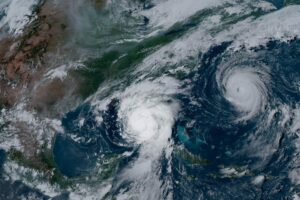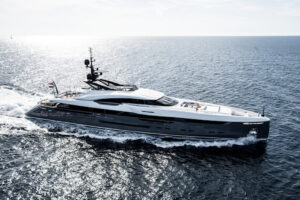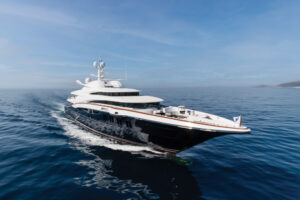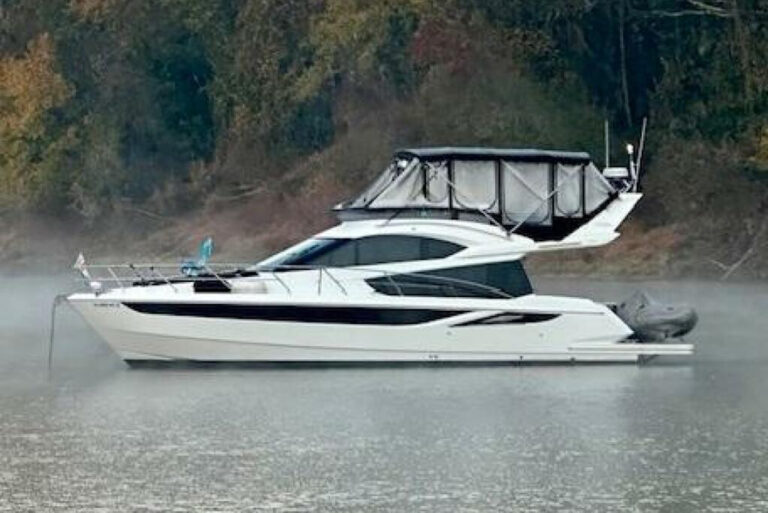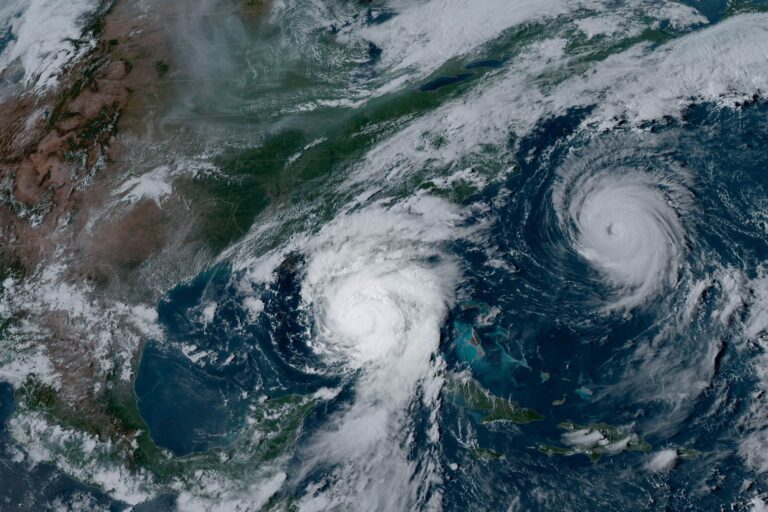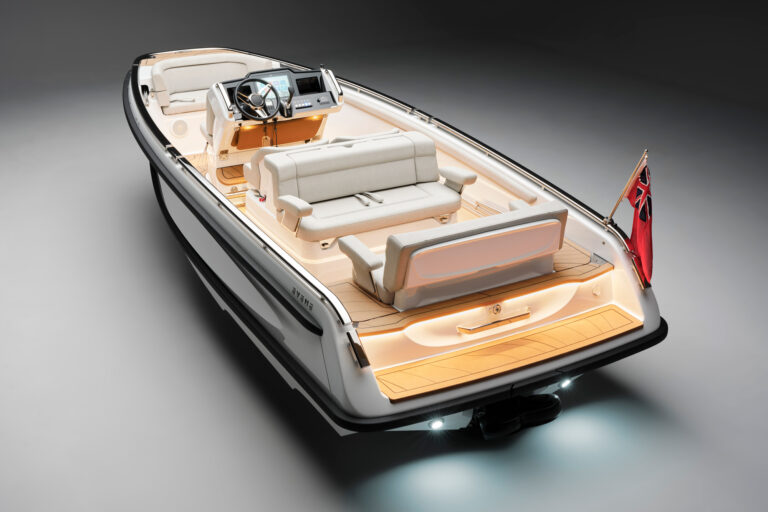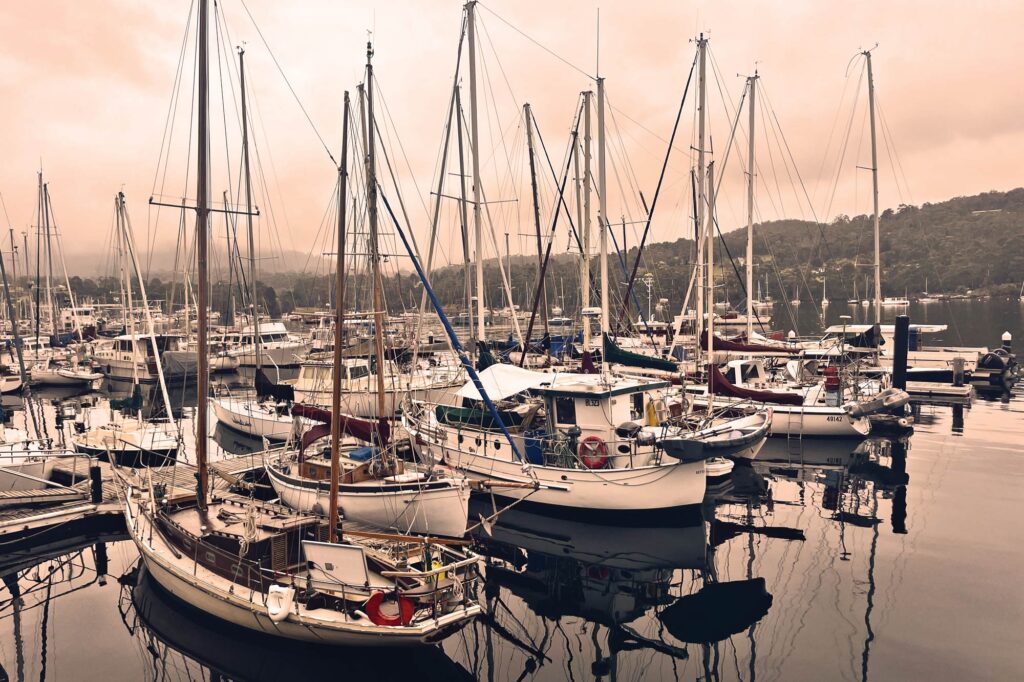
The Tasmanian tourist board has a pithy, catchy slogan to attract visitors to Australia’s rugged island state, some 150 miles south of the continent’s southeastern coastline: “Come down for air.” Last winter, I paid my fourth visit to the wild isle widely referred to as “Tassie,” which is saying something, as most mainland Aussies consider it too remote and give it a wide berth. That pure, fresh air is certainly a selling point, but for me, the allure has always been a different element: I come down for the water.
From the open Tasman Sea (named for Dutch explorer Abel Tasman, the first European to lay eyes on it, in the 1600s) to the picturesque River Derwent to the fetching D’Entrecasteaux Channel (one of the world’s most underrated cruising grounds), there’s a word for all that water: magnificent.
The capital of Tasmania is Hobart, and it’s also the finish line of one of the world’s great ocean races. Commencing every year on Boxing Day, the day after Christmas, the Sydney-Hobart Race was always on my personal bucket list. In 2007, I scored a ride aboard a 35-footer called Morna, one of the fleet’s smallest participants. That year the race played out in usual fashion: a spinnaker run down the coast from Sydney, a stretch of nasty weather in the open water of the Bass Strait, a long upwind beat along Tasmania’s shore, and one final agonizing stretch up the Derwent and into Hobart. After a little more than four days, we took second in class and then downed about a hundred beers. I’d surely gotten off easy.
Read More from Herb McCormick: Ireland’s Wicklow Sailing Club is Warm and Welcoming
A decade earlier, in my previous foray in and out of Hobart, that wasn’t the case. I’d been recruited by an old pal, Australian explorer Don McIntyre, to join the crew aboard a 60-footer called Spirit of Sydney for a round-trip sail from Tasmania to Antarctica to pick him up after he’d spent a yearlong expedition on “the white continent.” I had always wanted to sail through the storied waters of the Great Southern Ocean, and McIntyre granted my wish. We had a relatively easy 10-day trip south, but the return voyage was one I hope never to repeat. A trio of westerly gales, with gusts topping 60 knots, stacked up seas down which one could ski; long surfs with boatspeed topping 20 knots were recurring events. After nine sporty days out there, we gratefully eased into Tassie’s protected and far calmer waters. I’d gotten the Southern Ocean out of my system.
By comparison, my latest trip was a happy lark that included a lazy boat ride through Storm Bay out to Bruny Island, where on a pretty beach I came across a rock with this inscription: “Resolution Creek. Capt. Cook’s Ship Watered Here, 27-28 June 1777.” Afterward, we tied back up in Little Oyster Cove Creek, where the docks were full and a fleet of salty cruising boats swung on moorings. My mate spun tales of all the Sydney sailors who were now keeping boats in Tassie, where the costs were low and where the beautiful, empty anchorages were almost endless. I’d always come to these waters for adventure, but he had my full attention. Two words came to mind: “Why not?”

